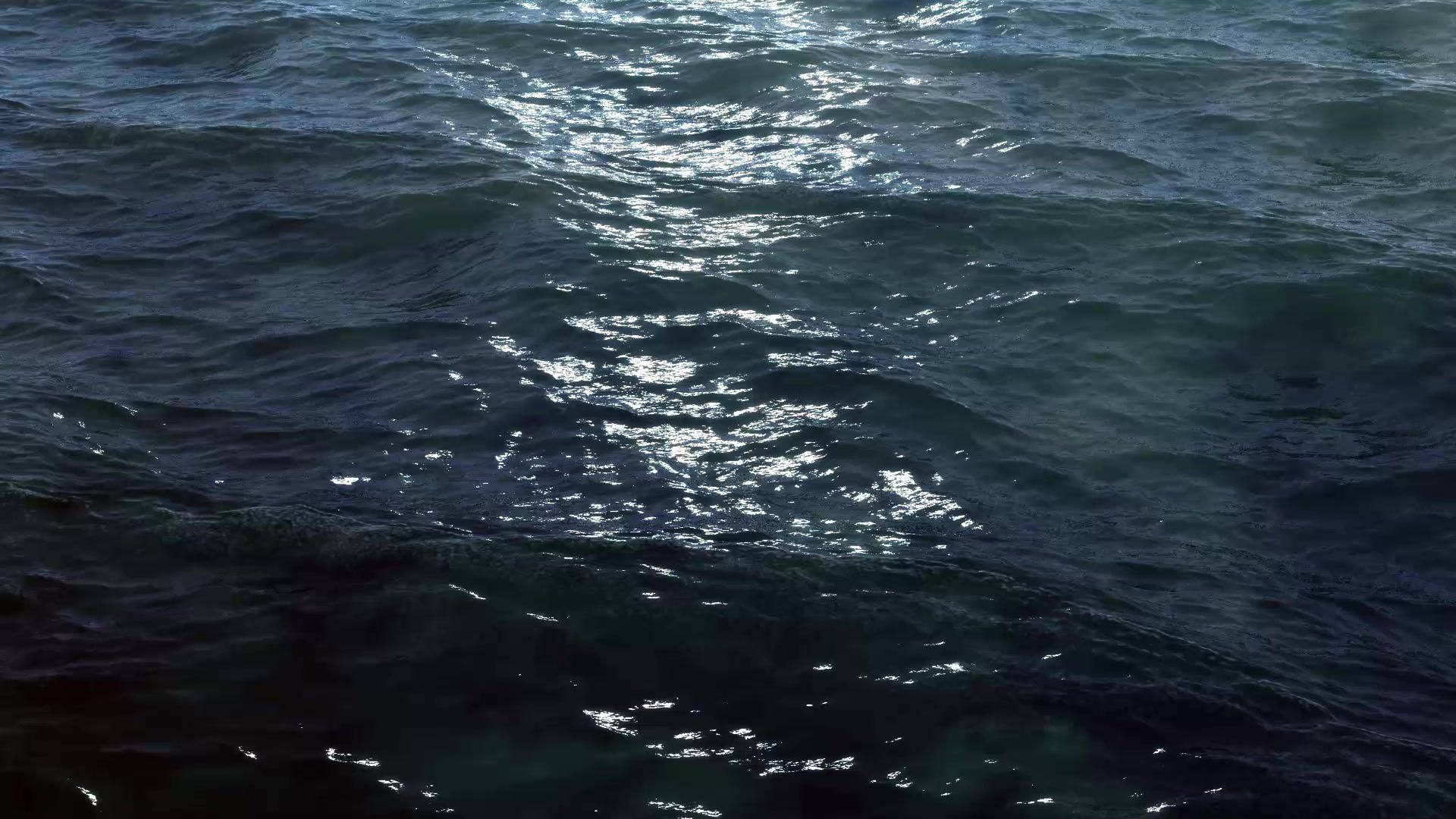
Call us today to find out more! 123-456-7890

Great White Shark
Brought into the spotlight by the "Jaws" movie series and celebrated by the Discovery Channel's Shark Week, great white sharks are among the better-known types of sharks. They can be identified by their gray skin, white bellies, bullet-shaped bodies and rows of up to 300 triangular teeth.
Did you know that great white sharks have six senses: sight, smell, taste, touch, hearing and electro-reception.
Size
Great whites are the world's largest predatory fish, according to Discovery. They grow to be about 15 to 20 feet (4.6 to 6.1 meters) or more and can weigh more than 5,000 lbs. (2,268 kilograms). Though massive, the great white is not the biggest shark. This classification goes to the whale shark, which is not considered a predatory fish.
Habitat
Great whites are found mostly along the coasts of Australia, South Africa, California and the northeastern United States. They are also found in fewer numbers around the Azores, Brazil, the Caribbean, northwestern Africa, eastern Africa, the Seychelles, Madagascar, Mauritius, Sri Lanka, northern Australia, New Caledonia, the Philippines and Hawaii. They prefer warm, salty, temperate coastal seas. The great white can swim not only on the surface, but also more than 820 feet (250 m) deep

Habits
Great whites are considered social creatures that travel in a group called a school or a shoal. They try to avoid fighting because just one bite may disable the shark permanently.
Though they are sometimes portrayed as man-eaters, these animals are responsible for just five to 10 attacks per year, according to the BBC. It is believed that when a great white bites a human, it is giving it a "sample bite" and then releasing the human
Diet
Great white sharks are carnivores. Their diet consists of small-toothed whales, sea lions, seals, sea turtles and carrion which are also known as dead animals
